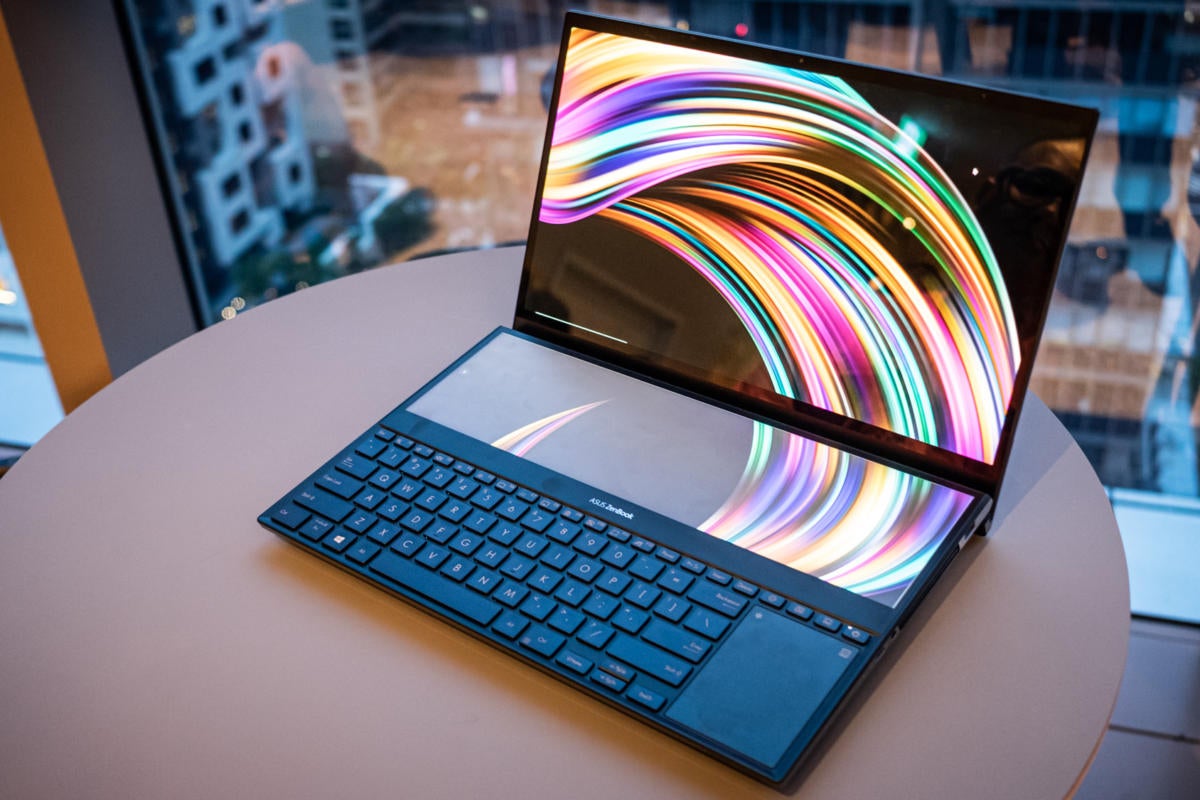How many parks are near the new home you’re considering shopping for? How many parks are near the new home you’re considering shopping for? What’s the best dinner-wine pairing at a restaurant? These ordinary questions require relational reasoning, a crucial element of the higher idea that synthetic intelligence (AI) has been hard to grasp. Now, researchers at Google’s DeepMind have evolved a simple set of rules to address such reasoning, and it has already beaten human beings at complicated photograph comprehension.
What’s the best dinner-wine pairing at a restaurant? These ordinary questions require relational reasoning, a crucial element of the higher idea that synthetic intelligence (AI) has been hard to grasp. Now, researchers at Google’s DeepMind have evolved a simple set of rules to address such reasoning, and it has already beaten human beings at complicated photograph comprehension. Humans are usually pretty exact at relational reasoning, a wonder that uses good judgment to connect and examine locations, sequences, and other entities. However, the two most important varieties of AI—statistical and symbolic—have been sluggish in developing similar capacities. Statistical AI, or gadget studying, is top-notch at sample popularity, however now not at using good judgment. Symbolic AI can approximate relationships with predetermined policies, but it’s no longer fantastic at mastering on the fly.
The new observation proposes a way to bridge the space: a synthetic neural network for relational reasoning. Like how neurons are linked inside the brain, neural nets stitch together tiny packages that locate styles in facts collaboratively. They could have specialized architectures for processing pictures, parsing language, or even learning games. In this example, the new “relation network” is wired to personally evaluate every pair of gadgets in a situation. “We’re explicitly forcing the community to discover the relationships between the items,” says Timothy Lillicrap, a PC scientist at DeepMind in London who co-authored the paper.

He and his team challenged their relationship community with several tasks. The first turned into answering questions about relationships between objects in an unmarried photo, together with cubes, balls, and cylinders. For example: “There is an item in the front of the blue element; does it have the identical form as the tiny cyan factor this is to the right of the gray steel ball?” For this undertaking, the relation network was blended with different neural nets: one for spotting items inside the image and one for deciphering the question. Over many photos and questions, other gadget-getting-to-know algorithms were right 42% to 77% of the time. Humans scored a first-rate 92%. The new relation network mixture becomes accurate ninety-six times, a superhuman score, the researchers record in a paper posted during the remaining week on the preprint server arXiv.
Consider and recognize those gadgets if you work in production plants, medical facilities, or comparable outside study sites. Other professions that might benefit from rugged computers include research scientists, oil and gasoline enterprise professionals, commercial experts, and others. Since those laptops are made to fit nicely in maximum, not possible conditions, they also boost the speed and accuracy of any hi-tech laptop with amazing efficiency. They are a little heavyweight and now not as tons slender in layout as you had expected them, but then the capabilities they arrive full of are sufficient to atone for this call.
The DeepMind team also attempted its neural internet on a language-based assignment, wherein it acquired sets of statements together with, “Sandra picked up the football” and “Sandra went to the workplace.” These have been accompanied by questions like: “Where is soccer?” (the workplace). It executed approximately as well as its competing AI algorithms on most sorts of questions. Still, it shined on what is referred to as inference questions: “Lily is a Swan. Lily is white. Greg is a swan. What color is Greg?” (white). The relation community scored ninety-eight on those questions, while its competitors scored about 45%. Finally, the rules analyzed animations wherein ten balls bounced around, a few linked via invisible strings or rods.
Using the movement patterns, I became aware of more than ninety of the connections. It then used equal training to perceive human forms represented through nothing extra than shifting dots. “One of the strengths of their technique is that it’s conceptually quite simple,” says Kate Saenko, a laptop scientist at Boston University who is now not involved in the new paintings but has added co-evolved an algorithm that may be a solution to complicated questions on pictures.
That simplicity—Lillicrap says most improvement is captured in a single equation—permits it to be blended with other networks because it changed inside the item evaluation challenge. The paper calls it “a simple plug-and-play module” that allows different gadget components to know what they’re desirable at. “I became quite impressed by using the results,” says Justin Johnson, a computer scientist at Stanford University in Palo Alto, California, who co-developed the object comparison challenge—and co-evolved a set of rules that does well on it. Saenko adds that a relation network may want to, at some point, assist in studying social networks, examine surveillance photos, or manually autonomous automobiles through visitors.
READ MORE :
- Someone Just Bought An Old Apple Computer for $356,000
- SAIC Motor enters Indian automobile market with plans to set up a manufacturing facility
- Xiaomi Releases List of Phones Set to Receive Android Nougat Update
- How do tropical computer models work in meteorology?
- The Last Howlelujah Tour comes to town.






